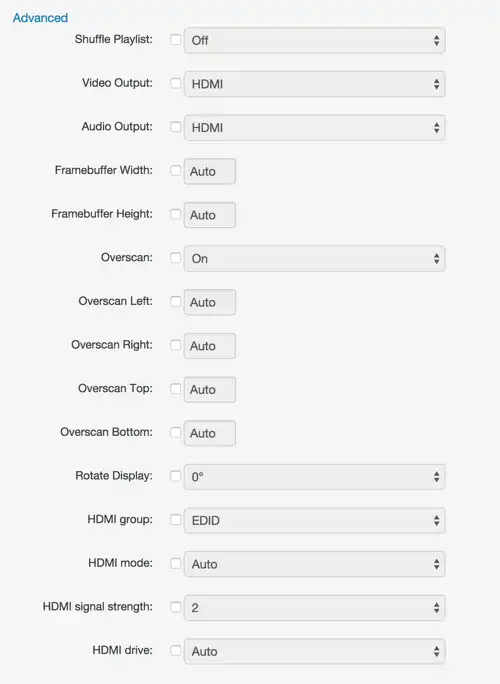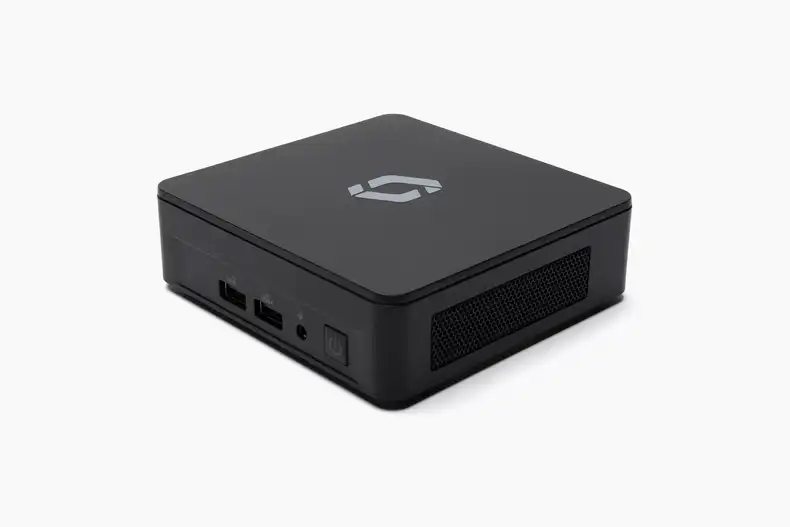Here is a brief update on what we have been working on and released since our last update. First, a quick summary on what we accomplished:
- Added support for Composite/RCA
- Improved the HTTPS/SSL support
- Enhanced the management of advanced settings
- Created a new debug tool
- Rolled out a number of bugfixes
Support for Composite/RCA
We’re happy to announce that Screenly now supports RCA/Composite for video output, a frequently requested feature from our customers. This feature is still considered a beta release.

These settings are available under “Screen” -> “Manage” -> “Advanced”
Please note that HDMI is still the preferred video method and that newer Raspberry Pi models forego this connector. However, for many customers who are replacing legacy digital signage solutions, this feature will allow them to get their entire fleet of screens migrated to Screenly.
Improved HTTPS support
We have made improvements for customers who are displaying HTTPS/SSL web pages on their screens. Previously, it was sometimes necessary to disable the SSL verification even for valid certificates. This is no longer the case.
Better management of advanced settings
Customers who have needed to tweak the display and hardware settings will be glad to know that we’ve made significant improvements to how this is handled. The main goal of this update was to make it easy to understand what the default value was, and to make it easier to manage individual values.

When visiting the advanced settings (under “Screen” -> “Manage” -> “Advanced”), you will now see that there is a checkbox between the value name and the drop-down. When this checkbox is unchecked, the default value will be used (and displayed in the drop-down).
New debugging tools
With the rapid growth of the number of Screenly-powered displays, we are starting to see a number of new network and hardware configurations (in particular in enterprise settings). To be able to better troubleshoot these nodes, we’ve built a new debugging tool at Screenly.
We are unable to rely on the network to send debug data when we are troubleshooting a networking configuration problem. To remedy this, our new tool uses a regular USB drive and copies debug data to this device. It is designed to run for both shorter and extended periods of time, in case the issue we’re troubleshooting is intermittent.
More information can be found on the Screenly support page.
Bugfixes
In addition to the features and enhancements above, we’ve also rolled out a number of bug fixes which were mentioned in the last newsletter.
What about the new Raspberry Pi 2?
We’re as excited as you are about the announcement of the Raspberry Pi 2. With the new, improved hardware of the Rapsberry Pi 2, Screenly’s performance is only going to get better.
That said, given the new hardware specs, we are still in the process of officially adding support for this device.
Update: The Raspberry Pi 2 (Model B) is now supported. Please see our Raspberry Pi 2 digital signage support page for more information.
Got feedback?
We’re always looking for ways to improve Screenly’s digital signage solutions. If you have any feedback or questions, please do not hesitate to contact us by opening a support ticket.
Still haven’t tried Screenly? Sign up now.




